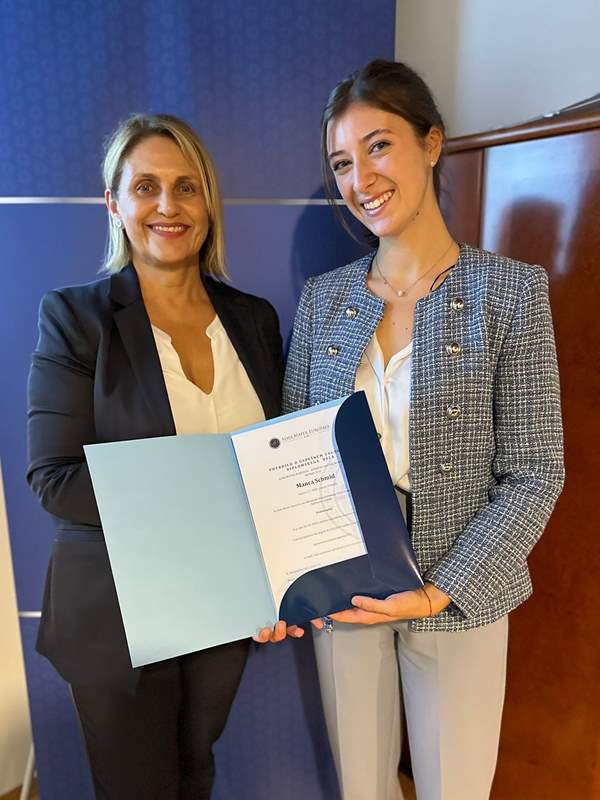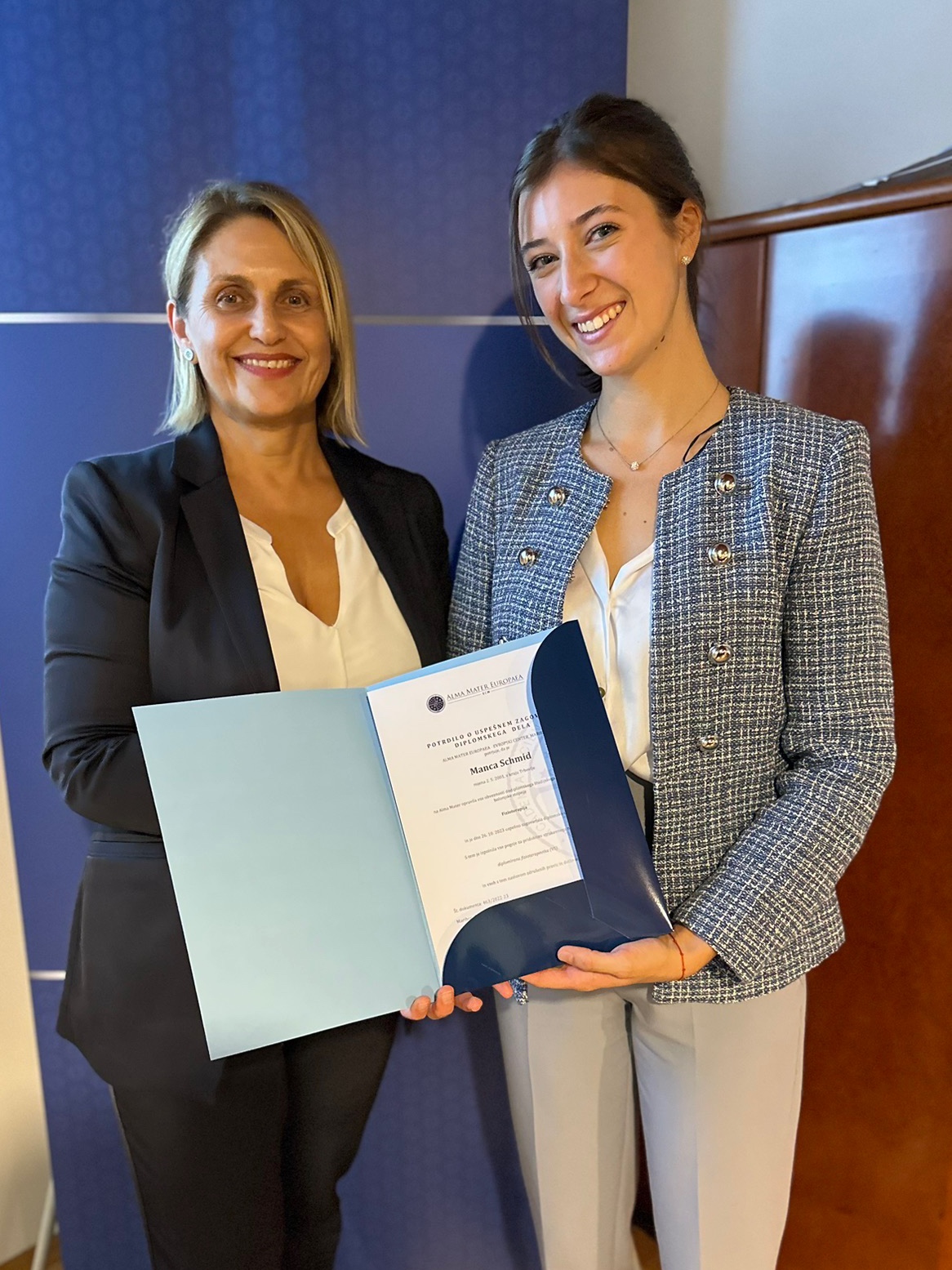
Walk-trainings assisted by a robot

In her thesis, the physiotherapy graduate Manca Schmid addressed the effects of robot-assisted training of walking and walk-trainings with the help of virtual reality of people after stroke, under the mentorship of Tatjana Horvat.
Stroke is one of the most common causes of death. Rehabilitation after a stroke is a long-term, complex process, with the primary goal of restoring the normal functioning of the patient in his home environment. With the development of technology, various principles of training for neurological patients have been developed in physiotherapy. The most used are walk-training with the help of a robot and virtual reality.
“The ability to walk without physical assistance depends on the long-term effects of a stroke. It has been shown that 80% of acute stroke patients achieved individual best walking function within six weeks post-stroke and 95% within 11 weeks post-stroke. The most optimal improvement in walking is expected on average within 12 weeks after stroke, with parallel continuous physiotherapy treatments.
A patient's ability to walk is greatly affected by unilateral hemiparesis as a consequence of a stroke. When walking, some patients can help themselves with various aids that ensure efficient movement. The most used walking aids are ankle or peroneal braces, crutches, high stilts, and reciprocal stilts.
Walk training with the help of a robot
Gait rehabilitation using robots was first used in practice two decades ago. Compared to conventional treatment, this method provides regulated, continuous, and intensive training in a therapeutic environment while simultaneously reducing the physical burden on a therapist and providing objective, quantitative assessments of the individual's progress in rehabilitation. The robotic device enables support in movement and provides a safety framework in the event of a fall during an exercise. The hybrid support limb effectively coordinates the gait of individuals with lower limb weakness in the subacute and chronic period after stroke. Robotic gait rehabilitation can improve treatment days and reduce therapist workload and treatment costs.
